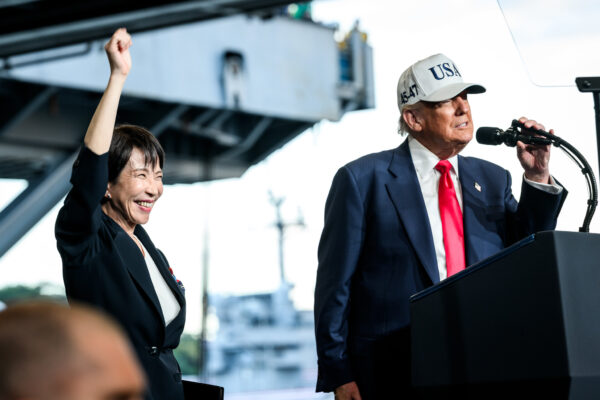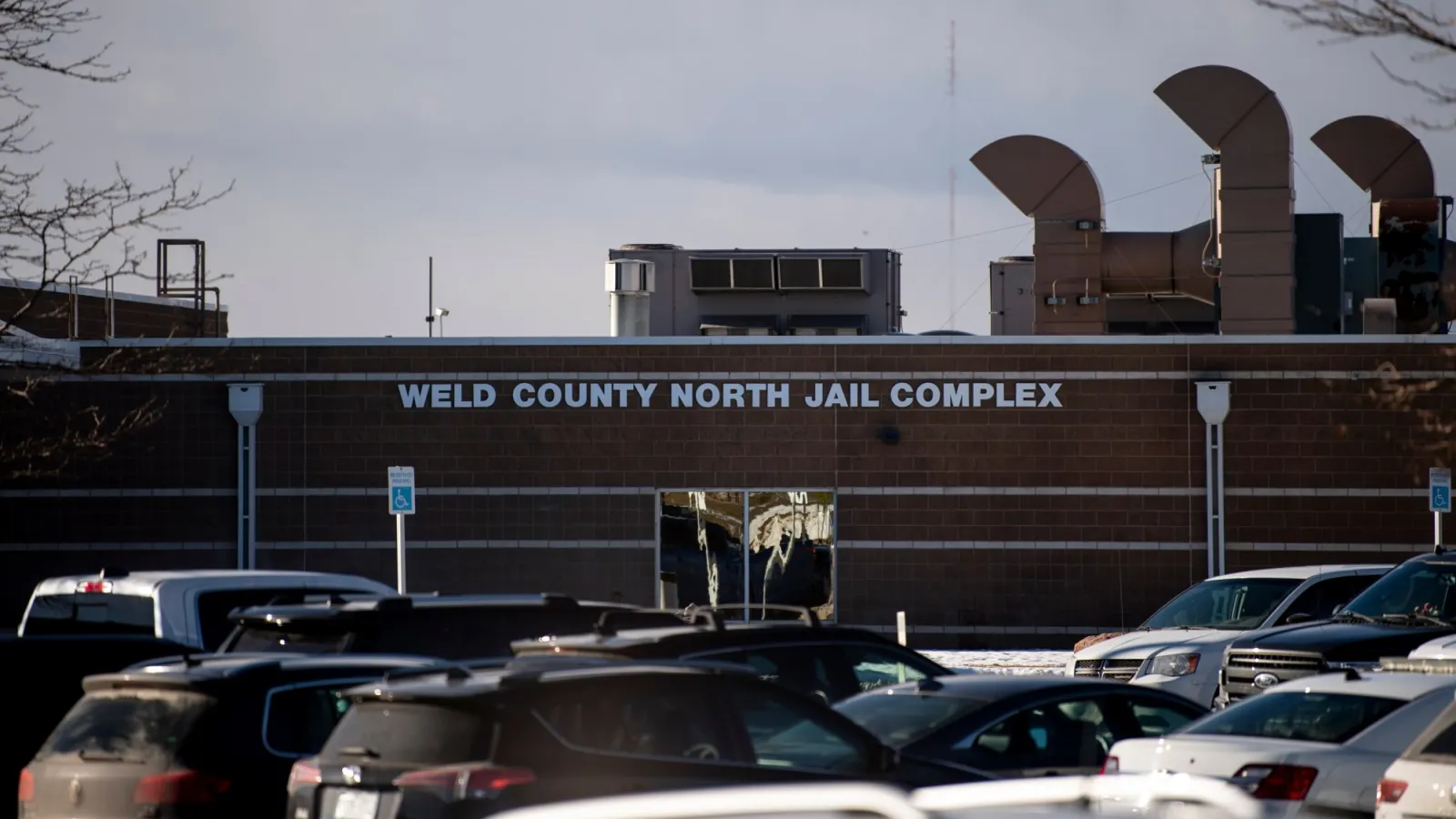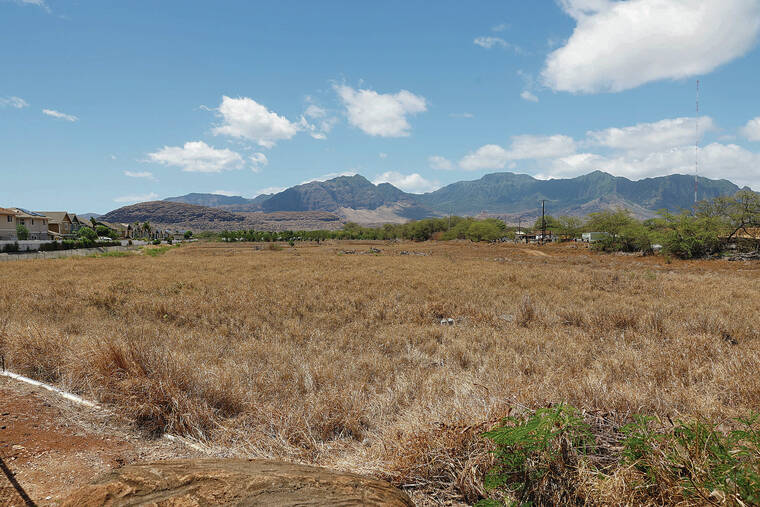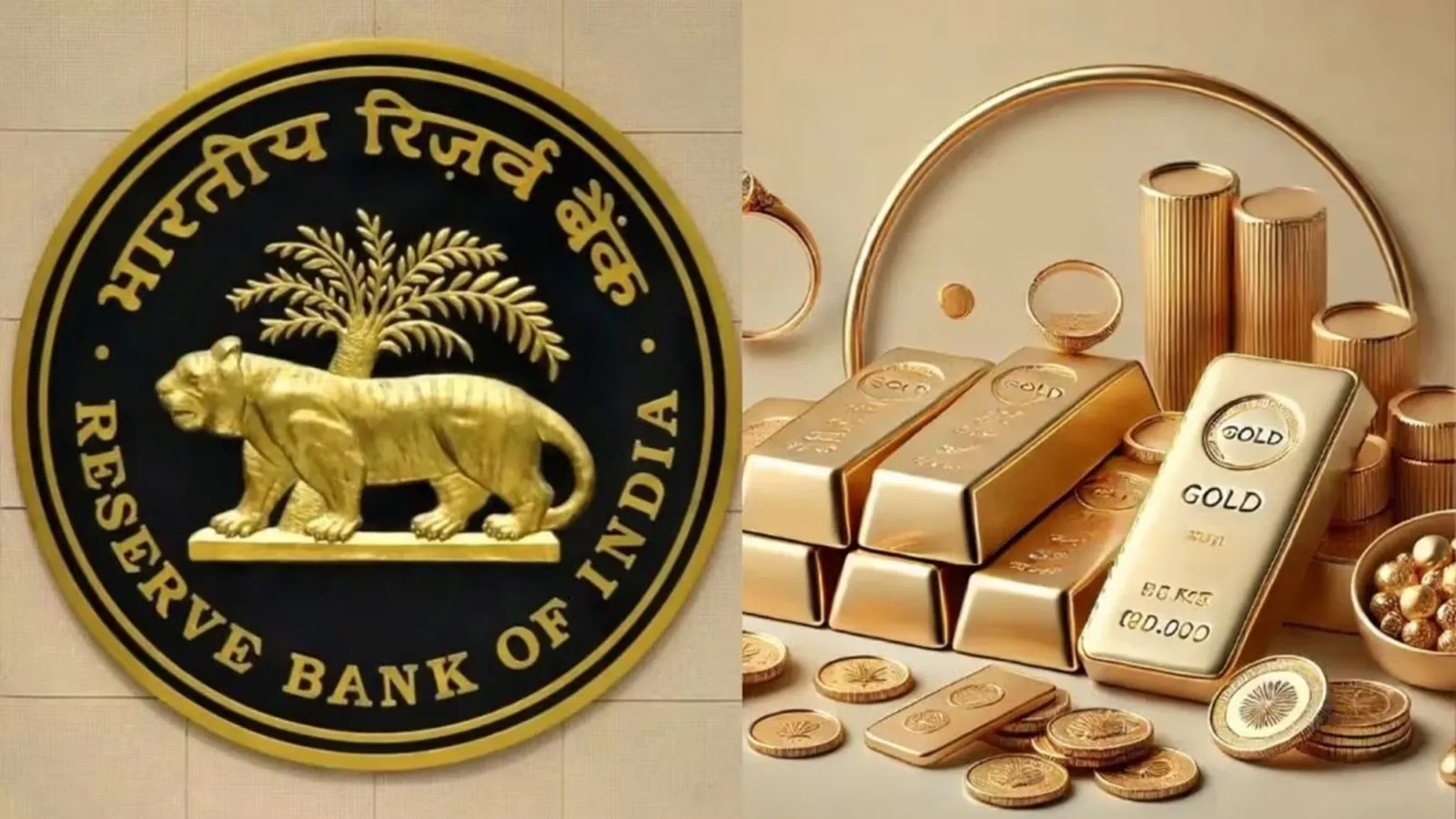Copyright thediplomat

U.S. President Donald Trump and newly elected Japanese Prime Minister Takaichi Sanae sat down for their first in-person summit meeting in Tokyo on October 28. Leading up to the meeting, many in Tokyo were worried. Would Takaichi be able to strike a good personal accord with Trump? Would Trump publicly press Takaichi with his demands on trade or the defense budget? When everything was said and done, their first meeting defied everyone’s expectations – in a good way. Just look at the official “handshake” photos at the beginning and other images that emerged following the meeting. Trump’s big smile as they shook hands to pose for the official photo, Takaichi holding Trump’s hand as they walked down the stairs while continuing their intense conversation, the two walking down the hall together with their arms linked and Takaichi beaming with a smile – all suggest that the two clearly hit it off. Trump invited Takaichi to join him for his visit to U.S. Naval Base Yokosuka, including a joint ride on the Marine One and even briefly shared the stage with her aboard USS George Washington, a telltale sign that Trump considers her as his equal, and may be already developing a sense of genuine friendship toward her. To the surprise of many, Trump and Takaichi even signed two agreements: one on the “Golden Age” of Japan-U.S. relations, in which the two leaders reaffirmed their commitment to implement Japan’s investment in the U.S. under the already agreed-upon tariff deal, and the other on the supply chain for critical minerals. There is no doubt that these unexpectedly positive results were only possible thanks to Takaichi’s intense preparation as the host, adding her personal touch along the way. Reportedly, lighting up some of Tokyo’s landmarks, such as Tokyo Tower and Sky Tree, with red, white, and blue was her idea. Trump’s first meeting upon arrival in Japan was with Emperor Naruhito, with all the pomp and circumstance the U.S. president loves. Knowing Trump likes the interpreter who worked for the late former Prime Minister Abe Shinzo, Takaichi called him up again for his service. Just as Abe presented Trump with a golden golf club when he first met Trump in Trump Tower, Takaichi presented a golden golf ball as a gift with a special addition of a putter that was owned by Abe. Fully aware of the depth of Trump’s friendship with Abe, Takaichi also made a frequent reference to her late mentor during her meeting with Trump. Predictably, Takaichi already faces some backlash for some of these olive branch gesture. From her support for Trump’s nomination for the Nobel Peace Prize to the gifts, critics were very quick to say she “gave” too much to curry favor with Trump. But did she, really? In fact, Trump did not push Takaichi on any issues that the critics had been warning that he would. The two agreements they signed are both consistent with Japan’s existing policies. The first, despite its fancy title that makes reference to “the Golden Age” of the bilateral relationship, merely reaffirm the two leaders’ commitments to implement the trade “deal” that was signed under Takaichi’s predecessor, Ishiba Shigeru. The agreement on cooperation on supply chains for critical mineral needs to be seen in the context of a broader trend in in which like-minded countries are actively seeking cooperation to collectively lower their dependence on China with critical minerals, including similar Australia-Japan and Australia-U.S. bilateral agreements as well as a Quad initiatives on critical minerals. Indeed, when all was said and done, Takaichi was not forced to offer any major concessions. What got lost under the distraction of Takaichi’s rolling out the red carpet was that she did not give an opening to be pushed around in her meeting with Trump. Instead, she proactively engaged the U.S. president from the get-go. By the simple act of extending her hand for a strong handshake upon his arrival, Takaichi presented herself as a strong political leader who won her historical place as the first female prime minister of Japan. Similar to her mentor Abe, Takaichi talked about her own vision for Japan and the Japan-U.S. alliance. She reiterated her determination to make sure Japan would remain strong – and grow even stronger – under under her watch. She talked about how Japan’s investment in the U.S. would make both countries’ economy stronger. She discussed how she intended to advance her mentor’s vision of a “free and open Indo-Pacific” in which both the U.S. and Japan would be safer, stronger and more prosperous. In other words, she successfully presented herself as the “Japan first, but not Japan alone” prime minister. During his visit to Japan, Trump showed rare moments of gentleness. He was often seen showing gentlemanly gestures toward Takaichi. Abe Akie, the late prime minister’s widow, later revealed that he took time to see her privately during his stay in Japan. He even had a surprise meeting with the family members of Japanese nationals abducted by North Korea – an issue that his friend Abe Shinzo held dear to his heart. These exchanges only point to one thing. Takaichi knew Trump’s visit was a high-stake event in which her leadership would be tested. She faced the challenge head-on, and she knocked it out of the park. For a newly elected prime minister who had her debut as the “diplomat in chief” less than a week after her election, this is a no small achievement. What is also striking is how much the meeting was colored by someone who was not there: Abe Shinzo. Sometimes referred to as the “OG” of building a personal relationship with Trump by Western media, Abe, more than three years after his tragic assassination, continues to loom large despite his absence.



